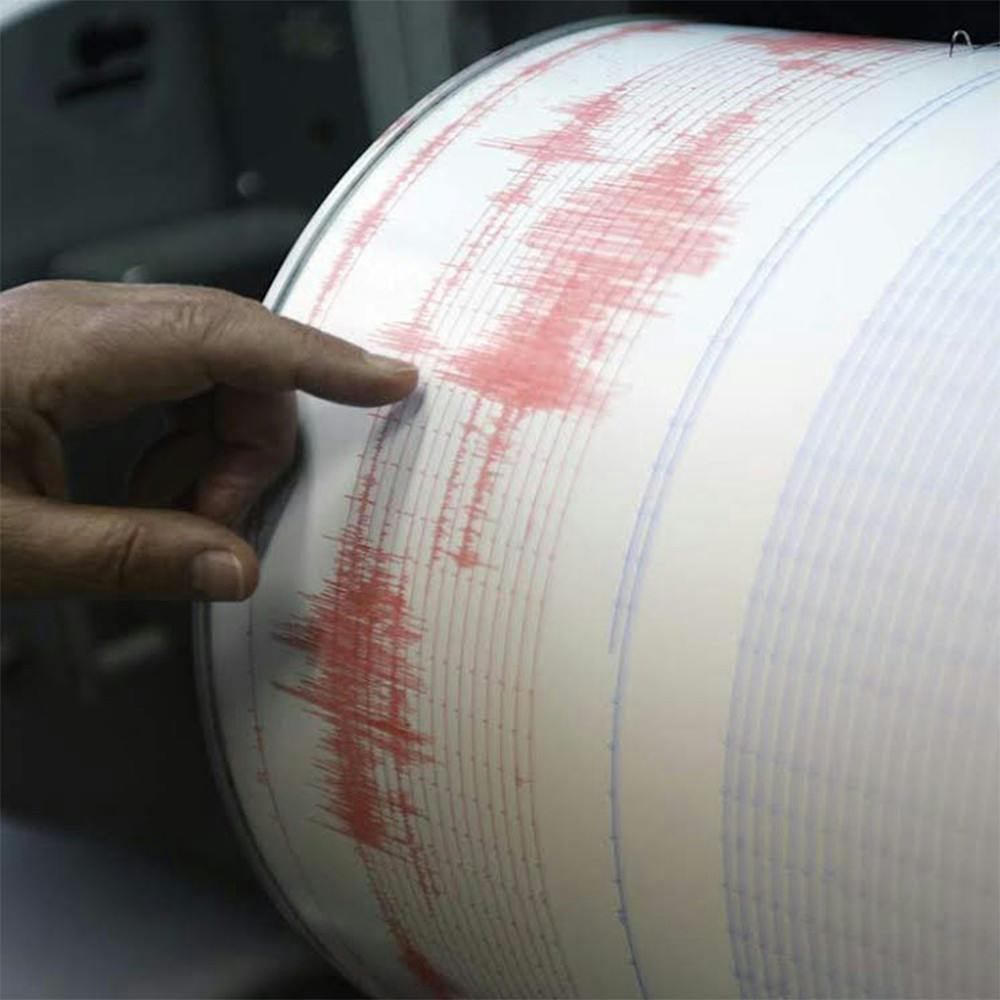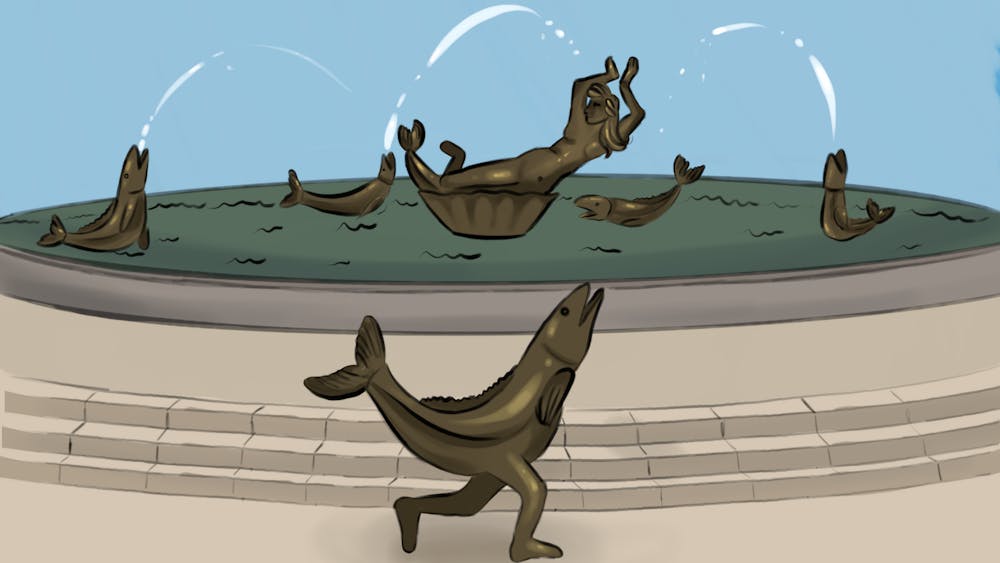During the drill, students, faculty and staff will be expected to stop what they’re doing to “drop, cover and hold on.”
At the same time, representatives from the eight campuses will meet and conduct a tabletop exercise to work through the University’s response to a catastrophic earthquake.
“We may feel earthquakes less often in Indiana than on the West Coast, but we do have them, and we reside in a region that is impacted by two active seismic zones,” said Diane Mack, University director for emergency management and continuity, in the release. “A large earthquake is possible, and knowing what to do — drop, cover and hold on — is the first step toward being prepared.”
The earthquake tabletop exercise is intended to familiarize key IU administrators and staff with earthquakes and to discuss how IU’s comprehensive emergency management and response plans would accommodate multi-campus coordination of both response and recovery operations following a large earthquake.
The exercise will take place at IU-Purdue University Indianapolis, according to the release.
Earthquakes in the United States are often associated with California.
Nevertheless, some of the strongest earthquakes in recorded U.S. history occurred in southeastern Missouri within the New Madrid seismic zone.
In addition to this zone, the Wabash Valley seismic zone includes parts of southwestern Indiana and the adjoining portions of Illinois and Kentucky.
Movements along faults within this zone have resulted in many small-magnitude earthquakes in the past.
Since 2001, three earthquakes registering 5.0, 5.2 and 5.8 magnitudes, along with numerous smaller ones, have occurred in or near southwestern Indiana, according to the release.
The U.S. Geological Survey estimates the earthquake hazard in the central U.S. as a 25 to 40 percent chance of a magnitude-6.0 or greater earthquake in the next 50 years, as well as a 7 to 10 percent chance of a repeat of events similar to the magnitude of the New Madrid earthquakes in 1811-12, according to the release.
“The drill also is an opportunity for students and staff to review their emergency kits, which are as important for earthquake preparedness as they are for tornadoes and other emergencies,” Mack said in the release. “Special consideration might be given to having shoes, a flashlight, extra cash and a first-aid kit to be ready for any hazard.”
Alyson Malinger






